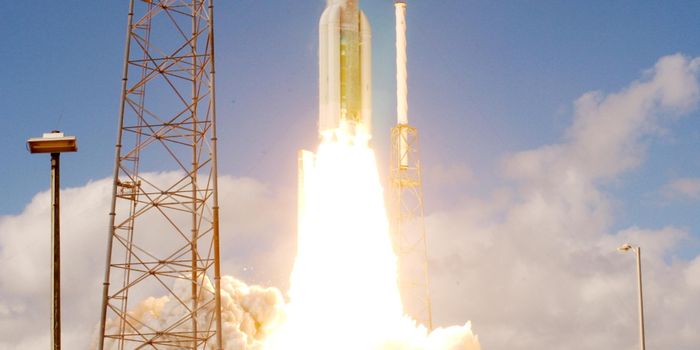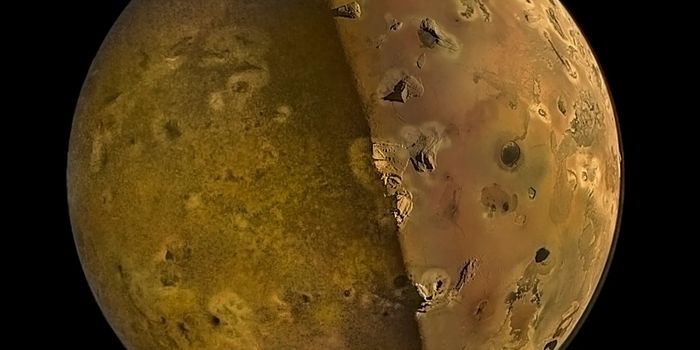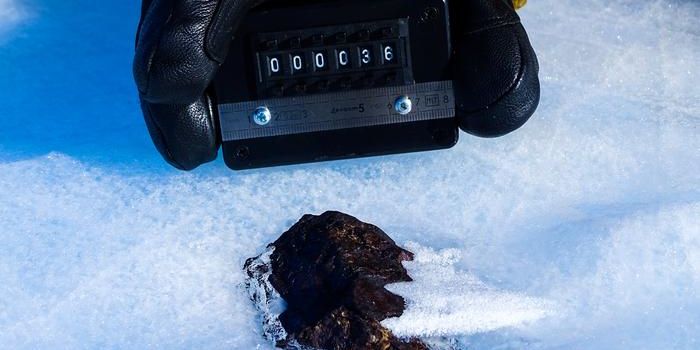As ExoMars Mission Deploys Lander to Mars, ESA Loses Contact With it
Like NASA, the European Space Agency is trying their best to study Mars. They had hoped to use the ExoMars mission, which was launched in March, to learn more about the red planet and search for the existence of life.
The spacecraft, a Trace Gas Orbiter, which was launched earlier in the year made it to the red planet successfully on Wednesday and performed a rocket burn to get safely into the orbit of Mars, however something went wrong with the Schiaparelli lander that was ejected from it.

Image Credit: ESA
The lander was shunted into the Martian atmosphere this week and then an automated six-minute descent control booster rocket system burned and a parachute system was deployed to help stabilize the fall and get the lander to the Martian surface safely.
Unfortunately, about 50 seconds before the lander was projected to reach the surface, the ESA reportedly lost contact with the lander, signifying that the rockets probably stopped burning a little too early and this may have caused a crash landing.
It goes without saying from this evidence that the ESA was unsuccessful at landing on the red planet safely enough to stay fully intact.
The ESA says it’s still possible that we could reestablish a connection sometime in the next three to ten days as there’s still a battery power source on the lander, however things aren’t looking too hot right now with the current state of things.
The ExoMars mission is a two-stage mission and the Schiaparelli lander was only the first part. The second will be landing the all-new Mars 2020 lander in collaboration with NASA on the Martian surface in the year 2020, as the name suggests.
The ESA says this mission has taught them valuable lessons about landing on Mars, citing the fact that missions like these aren’t easy.
"From the engineering standpoint, it’s what we want from a test, and we have extremely valuable data to work with," said David Parker, ESA’s Director of Human Spaceflight and Robotic Exploration, in a statement.
Let’s just hope a similar issue doesn’t happen when the more advanced Mars 2020 rover gets there…
Source: ESA via The Verge
-
MAY 07, 2024Is It Anti-RNP or Anti-Sm/RNP?
-
MAY 08, 2024Expand your Multiomic Capabilities with RNAscope™
- See More
-
MAY 07, 20243rd International Biosecurity Virtual Symposium
-
MAY 23, 2024For the Love of Digital PCR 2024
-
JUN 06, 2024The Future of Scientific Conferencing
- See More



















































